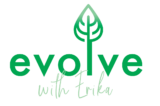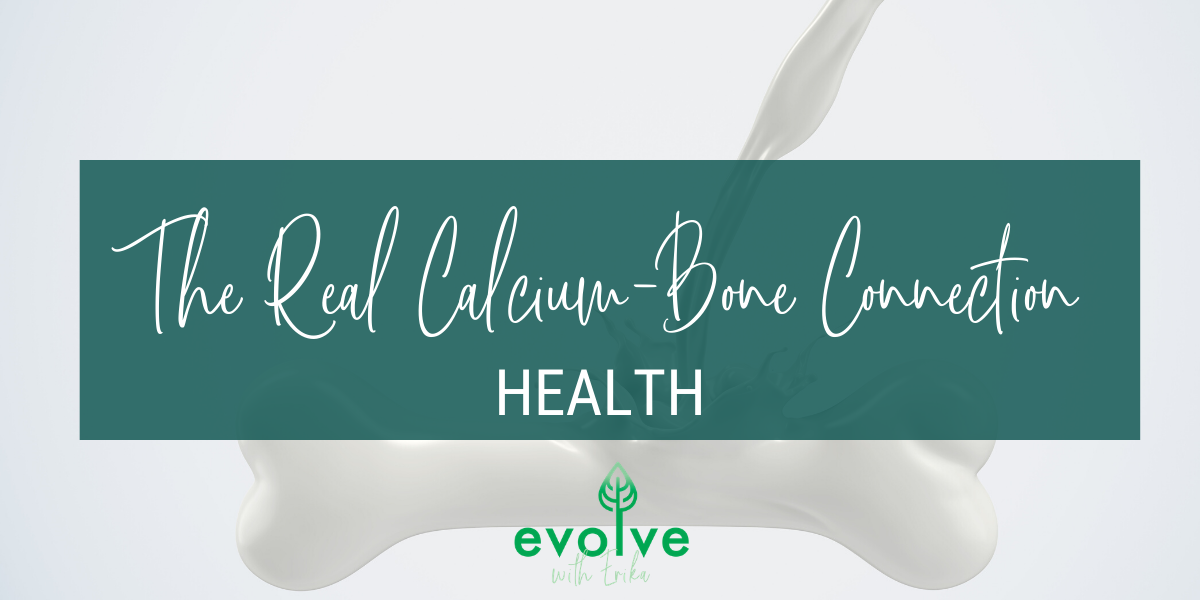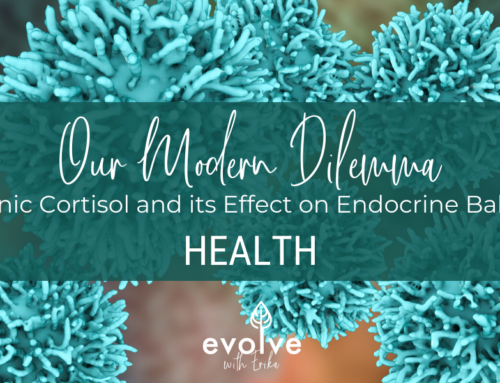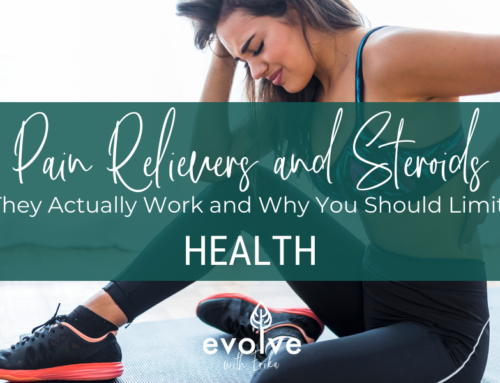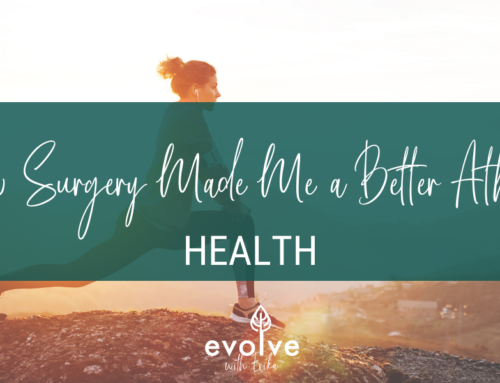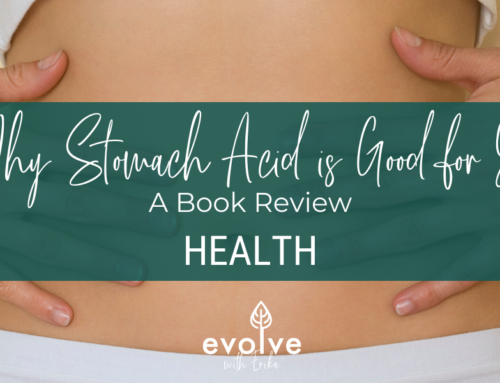Each mineral has a variety of purposes that are essential to our physiology. Our body cannot produce these minerals on our own, so we must consume them from appropriate sources. Once consumed, traces of minerals remain throughout the body and most is stored. Bone acts as a reservoir to 99% of the most abundant mineral in our body: calcium.
Like our skin, bones continue to rebuild and repair throughout our lifetime. Through the process of bone remodeling old bone tissue is destroyed, releasing minerals into the tissue and blood stream, and new bone tissue is created. This resorption process is how calcium is made available for its many functions: proper function of nerve cells, acting as a cofactor for enzymes, and blood clotting (Derrickson, 2015). Despite only trace amounts of calcium presence in blood, any small change in blood calcium levels can be cause for major concern.
Calcium as a buffer
Our blood has a neutral pH, leaning toward alkaline. When our blood pH becomes more acid or alkaline, our body reacts to bring it back into balance. Calcium, an alkalized mineral, acts as a buffer to neutralize our blood when it becomes to acidic.
HOW: Under certain stressors or stimuli, the pH of our blood can drop (become more acidic). As this occurs, our parathyroid gland detects the change and releases a hormone to:
- trigger release of calcium from the bone (though breakdown)
- increase calcium absorption in digestion
- Decrease calcium elimination in urine
WHAT causes our blood to become more acidic?
- Low blood sugar
- Prolonged exercise
- Alcohol
- Physiological dysfunction (kidney disease, liver failure)
- Infection (fever)
- Cancer
- Severe dehydration
More notably, what do all the above have in common? STRESS. A body under stress attempts to bring balance by pulling minerals from everywhere it can. A body experiencing chronic stress is often deprived of minerals (Nutritional Therapy Association, 2016) .
Q: If our bodies are depleted of calcium from chronic stress factors, chugging more milk will help, right?
A: Nope. Drinking milk does not automatically strengthen bones and replenish mineral stores. Like many other processes in our body, it’s more complicated than that. (Side note: give the milk a rest and rotate in a variety of other calcium-rich foods: almonds, kale, brazil nuts, or dandelion greens).
Bottom line: Its less about amount or consumption of nutrients and more about our ability to absorb them. Calcium is no different than other nutrients; there are many co-factors that impact absorption and use of calcium in the body: systemic pH, hormonal function, hydration, additional mineral and nutrient balance, fatty acids, and digestion.
Human physiology is complex, which is why there are no quick fixes in the quest for optimal health. Gentle changes to support a consistent overall lifestyle is key; and a healthy balance around food variety and prioritizing digestion is a great place to start.
References:
Tortora, G. J., & Derrickson, B. H. (2017). Introduction to the human body: The essentials of anatomy and physiology. Hoboken, NJ: Wiley.
Nutritional Therapy Association (2016) Mineral Balance lecture videos.
